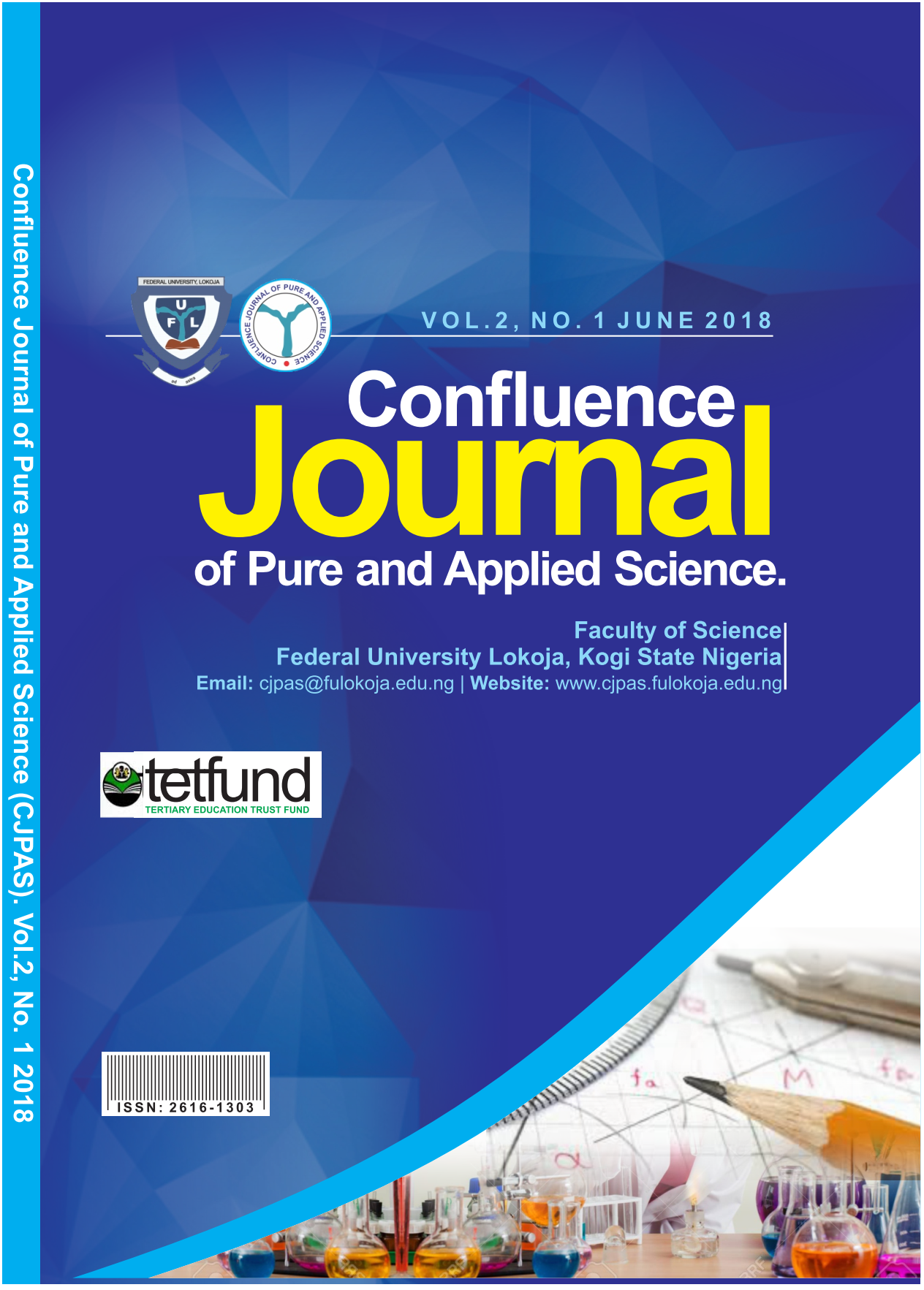A STUDY ON THE EFFECTS OF CEMENT DUST ON PHOTOSYNTHESIS OF ZEA MAYS (MAIZE) AROUND LAFARGE CEMENT, EWEKORO, OGUN STATE, NIGERIA
Keywords:
Abundance, stomata, chlorophyll, pollution, rainfallAbstract
The effects of cement dust on photosynthesis of Zea mays grown around Lafarge cement, Ewekoro, Ogun State. Nigeria was investigated. Zea mayswas used as study plants because of its relative abundance. The quantity of cement dust deposit, total chlorophyll contents, number of stomata per field of view of the plants' leaves, rates of photosynthesis and the direction of wind were measured every three weeks. Farmers in the area were also interviewed. Results showed that accumulation of cement dust on the leaves of the plants reduced their total chlorophyll content, number of stomata per field of view and the rates of photosynthesis. Location of plants and weather conditions influenced the distribution of the dust; plants in the North Eastern direction accumulated more dust than those in the South Western direction an indication that North-East trade wind was in operation during the period of study. The plants experienced greater reduction in their total chlorophyll content, number of stomata per field of view and the rates of photosynthesis in the dry than wet season probably because rainfall washed off most of the cement dust deposits during the wet season. These adverse effects were more pronounced the closer the plants were to the factory.
Downloads
Published
Issue
Section
License
Copyright (c) 2018 Confluence Journal of Pure and Applied Science

This work is licensed under a Creative Commons Attribution 4.0 International License.



